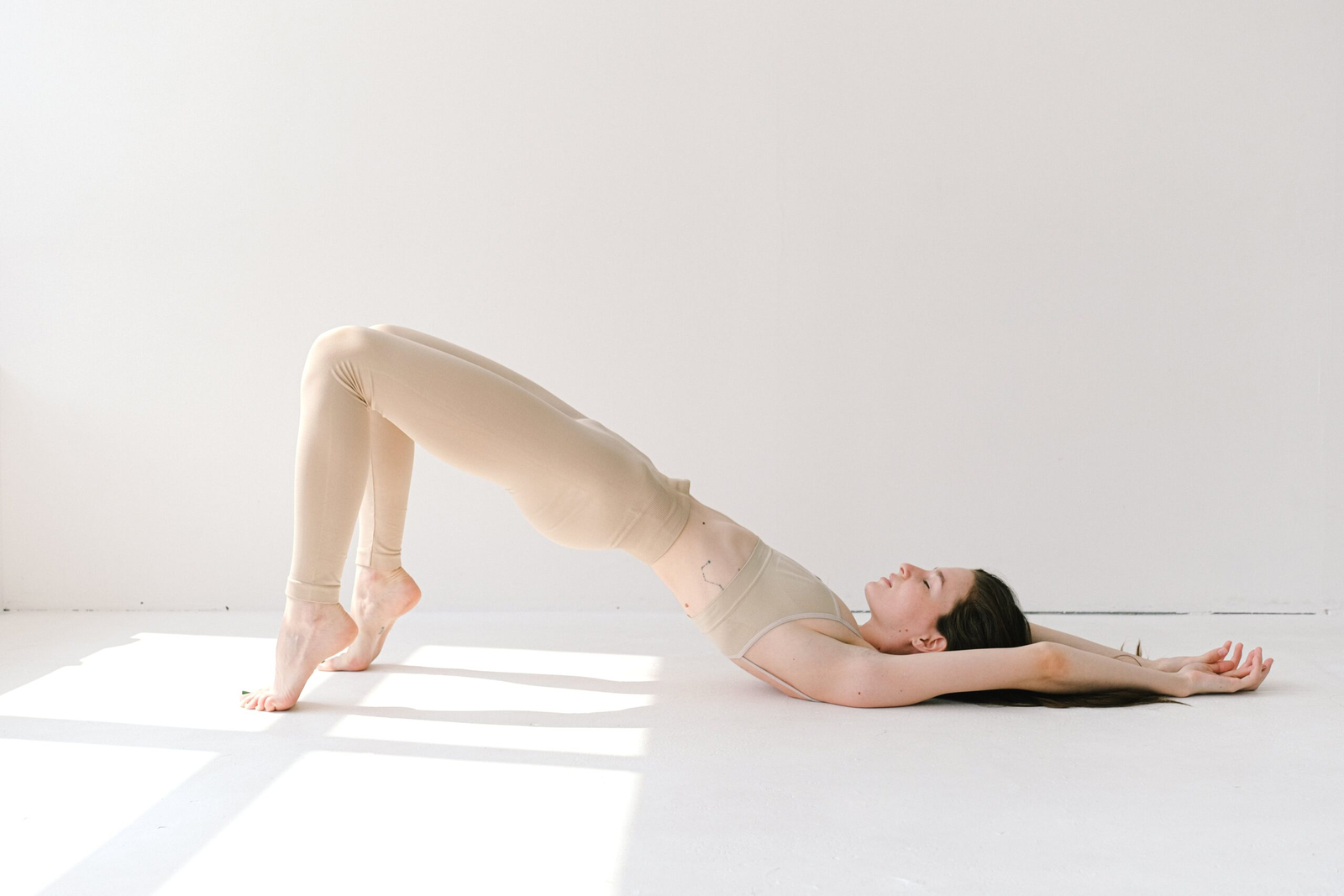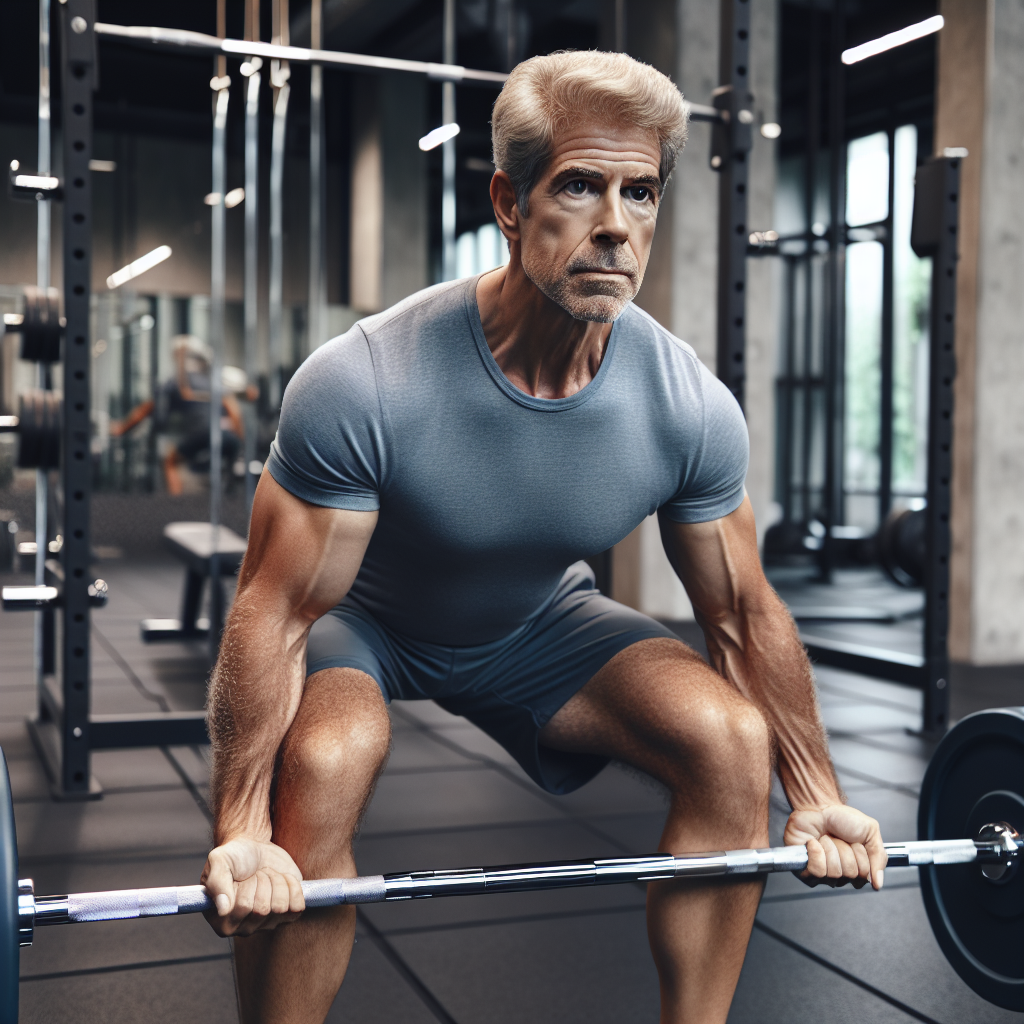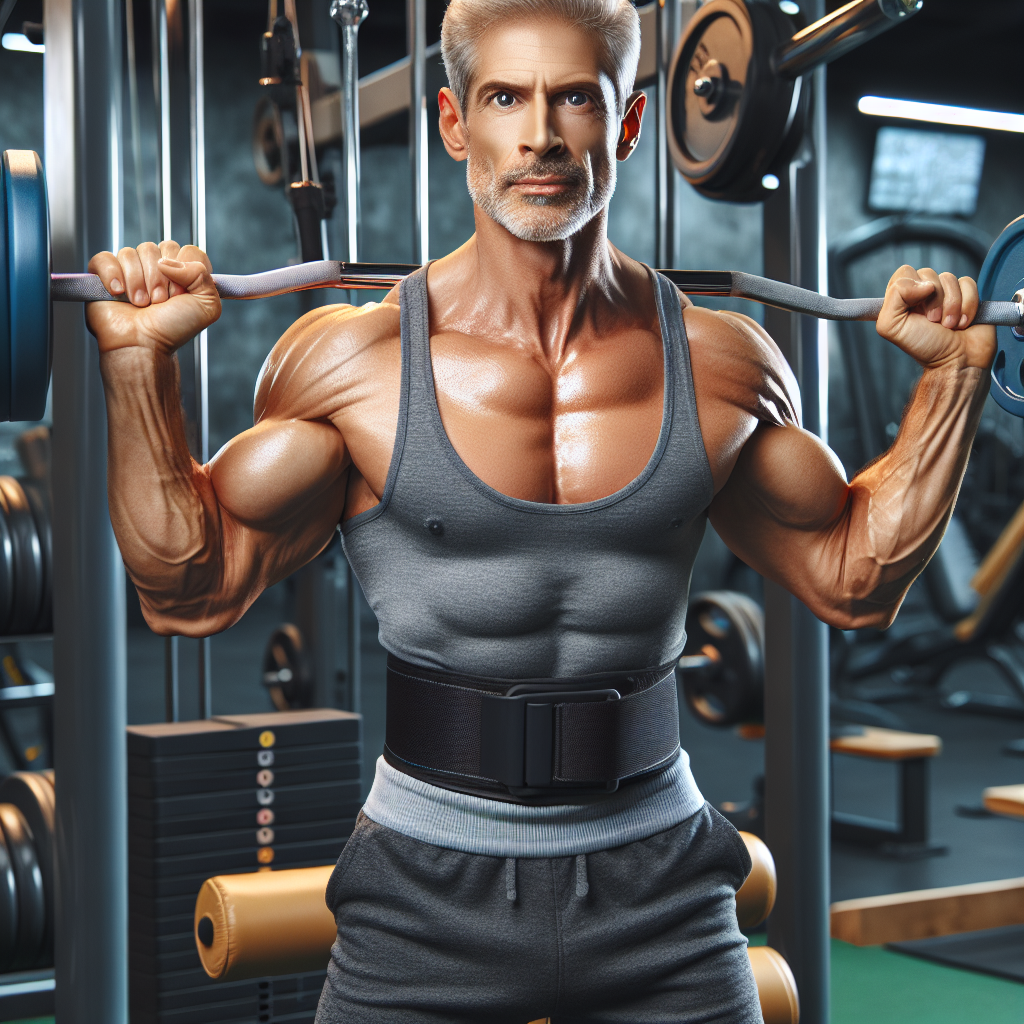Mastering the Art: How to Build Muscle Over 50 for Men
Embarking on the journey to build muscle after 50 might seem daunting, but it’s an absolutely achievable goal. In the following article, you’ll find top expert advice specifically tailored for men over 50, ready to begin this transformative journey. You’ll learn the strategies for strengthening and conditioning your body, as well as uncovering the secrets for maintaining those new muscles. Let’s get you started on leveraging the power of nutritional science, effective exercise techniques, and a powerful mind-body connection to make your golden years your fittest ever. This is your guide to mastering the art of building muscle over 50.

Understanding Age and Muscle Development
Just like how a good glass of wine ages with time, your muscles too, have their journey of aging. Interestingly, muscle development and age go hand in hand. As you age, your muscle strength and mass gradually decrease. This is an entirely natural process, but it doesn’t mean you can’t counteract some of its effects.
Age-related Muscle Loss
It might surprise you to learn that after the age of 30, you begin to lose as much as 3-5% of your muscle mass per decade. This is a condition known as sarcopenia, and it’s a primary reason why you might find it harder to carry the same weights you easily did in your younger years. But don’t worry; it’s not a dire verdict. With consistent and careful effort, you can slow down and even reverse some of this muscle loss.
The Impact of Age on Muscle Strength
Age doesn’t only contribute to muscle loss; it can also impact muscle strength. Aging muscles can take longer to respond to muscle-building efforts, but again, this doesn’t mean you can’t achieve meaningful gains. More important, no amount of muscle loss or strength reduction should act as a barrier to staying active and fit.
The Importance of Targeted Exercise in Older Age
As we age, targeted exercise becomes even more crucial to our overall health and wellness. Regular and targeted exercise can help slow down the effects of aging on our muscles, maintain strength and mobility, improve balance and coordination, and even bolster mental health.
The Basics of Building Muscle
Now that we’ve addressed the dynamics of age and muscle development let’s delve into the nuts and bolts of building muscle. After all, understanding these fundamentals is key to any successful fitness journey.
Understanding Muscle Hypertrophy
Muscle hypertrophy is basically a fancy term for muscle growth. It occurs when the fibers of the muscles sustain damage or injury. The body repairs damaged fibers by fusing them, which increases the mass and the size of the muscles.
The Role of Genetics in Muscle Building
Well, you can blame your parents for this because, yes, genetics does play a role in muscle building. Your genes determine the type, number and growth potential of your muscle fibers. But remember, while genetics can influence your muscle-building capacity, they don’t define it.
Effective Resistance Training for Muscle Growth
Resistance training, such as weightlifting, is a powerful tool for muscle growth. It causes trauma to the muscles, which the body then repairs, growing stronger muscles in the process. This type of exercise is very beneficial for men over 50 as it can help improve muscle mass, enhance flexibility, and strengthen bones.
Importance of Rest and Recovery in Muscle Building
Rest just isn’t for the weary – it’s also for those seeking to build muscle. When you rest, your body gets to work on repairing and rebuilding your worked-out muscles. Without adequate recovery time, you risk overtraining and under-recovering, which may limit your ability to gain muscle.
Common Muscle-Building Mistakes to Avoid
You’ve heard it said that we learn from our mistakes, but when it comes to building muscle, it’s better to learn from the mistakes of others. Here’s what to avoid:
Overtraining and its Consequences
While training hard is important, overdoing it may lead to negative results. Overtraining can lead to increased risk of injuries, decreased immune function, and more. Therefore, it’s important to give your body the rest it needs to repair and recover.
Inadequate Protein Intake
Protein is fundamental to building muscle. In fact, it’s often referred to as the building block of muscles. Therefore, not getting enough protein may undermine your muscle-building efforts.
Ignoring the Importance of Sleep
We often neglect the role sleep plays in muscle growth, but it’s actually a critical component. During sleep, your body recuperates and rebuilds muscle tissue. If you skimp on sleep, you hamper your body’s ability to recover and grow stronger.
Sticking to the Same Workout Routine
Just like you, your muscles also get bored. If you stick to the same routine for too long, your muscles get used to the workout and stop growing. To prevent this, make sure to vary your workouts often.
The Role of Nutrition in Building Muscle
Just as an automobile won’t run without the right fuel, your muscles won’t grow without the right nutrition.
The Essentials of Diet for Muscle Building
A balanced diet is critical for muscle growth. You need the right mix of proteins, carbohydrates, and fats for optimal muscle development.
Protein Intake and Muscle Growth
As mentioned earlier, protein is vital for muscle growth. Amino acids, the building blocks of proteins, are needed for the repair and growth of new muscle tissue. Try to include lean meats, fish, eggs, and plant-based proteins in your diet.
Maintaining Balanced Nutrition Over 50
As you age, your metabolism slows down, and you might need fewer calories. However, your need for certain nutrients, such as protein and vitamin D, might increase. So, while you need to watch your caloric intake, don’t forget to ensure you’re getting all the essential nutrients.

Creating a Workout Plan for Men Over 50
Getting serious about fitness over 50? Great! Here are some things you should consider.
Starting a Fitness Journey Over 50
As with any new endeavor, getting started is often the hardest part. A fitness journey over 50 needs increased attention and consideration due to the changes your body experiences. Consider professional guidance to ensure you have a safe and effective start.
Choosing the Right Exercises
Not all exercises are created equal, especially as you age. Opt for low-impact exercises and focus on both cardiovascular health and strength training.
Creating a Consistent Workout Schedule
Consistency is key when it comes to achieving your fitness goals. Try to designate certain days of the week and times for your workouts. Make it a routine, and stick to it!
Setting Realistic Goals
Remember, Rome wasn’t built in a day. Settle for realistic, attainable goals and take one step at a time towards achieving them.
Staying Motivated in Your Fitness Journey
Staying motivated on your fitness journey is as important as the workout itself. A strong mindset can make all the difference.
The Importance of a Positive Mindset
A positive mindset goes a long way in keeping you motivated. It can help you overcome obstacles, push you to work harder and keep you committed to your fitness goals.
Celebrating Small Wins
Remember to stop and celebrate after reaching even the smallest milestone. These celebrations will inspire you to push harder and reach your goals.
Keeping Fitness Fun and Enjoyable
Who says workouts need to be all work and no play? Keep exploring new exercises and routines to keep things fresh. Fitness should be enjoyable, not monotonous.

Incorporating Cardio in Your Workout
While strength training is key to increasing muscle mass, incorporating cardio can benefit overall health and accelerate muscle growth.
Why Cardio is Important for Overall Health
Cardiovascular exercise, often simply called cardio, has many benefits. It improves heart health, boosts mood, aids in weight management, and even improves sleep. These are all crucial for overall health and muscle growth.
Choosing the Best Cardio for Muscle Building
The best cardio for muscle building is the one you actually enjoy and can do consistently. Whether it’s cycling, swimming, or brisk walking, regular cardio can help you support muscle growth.
Balancing Cardio and Strength Training Over 50
Balancing cardio and strength training is key to getting a well-rounded workout. While cardio improves overall fitness, strength training specifically helps to build muscle. So, the key lies in incorporating both in your routine.
Safety Considerations for Older Adults in Strength Training
Safety should always be your priority when it comes to workouts, especially for older adults.
Understanding the Risk of Injury
As we age, the risk of injury increases. Don’t let this scare you; instead, use it to fuel your focus on safety precautions.
Importance of Proper Form and Technique
Using proper form and technique not only increases the effectiveness of your workout but also prevents injuries.
When to Seek Professional Guidance
Don’t hesitate to seek professional assistance, especially if you’re new to strength training. A fitness instructor can ensure that you’re performing exercises correctly and safely.

The Value of Consistency and Patience in Muscle Building
We cannot stress enough the role of consistency and patience in building muscle.
Mastering the Art of Patience in Fitness
Remember, gaining muscle is a slow and steady process. It might be tempting to rush the process, but patience and persistence often yield the best results.
Staying Consistent with Your Workout Plan
Where there’s will, there’s gain! Stay consistent with your exercise routine and nutrition plan. Consistency is what turns routines into habits and dreams into realities.
Dealing with Plateaus in Muscle Building
At times despite your hard work, you might hit a plateau. But don’t lose heart; plateaus are part of the journey. They are not a sign to give up but rather an indication to reassess your strategy.
FAQs on Building Muscle Over 50 for Men
How long does it take to build muscle over 50?
While the exact time can vary, generally, you may start to see more muscle definition after a few weeks of consistent workouts. Remember, the journey is more crucial than the destination.
What type of exercises are recommended for men over 50?
Focus on a mix of cardiovascular activities and strength training exercises. Additionally, exercises that improve flexibility and balance are also beneficial.
How much protein should men over 50 consume for muscle building?
It’s generally recommended that men over 50 should consume at least 1 to 1.5 grams of protein per kilogram of body weight for muscle building. But remember, everyone is different, and it’s best to personalize your diet.
So there you have it – a comprehensive guide on building muscle for men over 50. Remember, age is but a number when it comes to leading a fit and healthy lifestyle. With consistency and patience, you can make your fitness goals a reality. So why wait? Start today!



Pingback: Strategies for Men Over 50 to Build Lean Muscle Mass – Lose Weight With Absolute Minimal Diet – Your All In One Guide to Weight Loss & Nutrition
Pingback: How to Build Muscle for Older Men: A Comprehensive Guide – Lose Weight With Absolute Minimal Diet – Your All In One Guide to Weight Loss & Nutrition